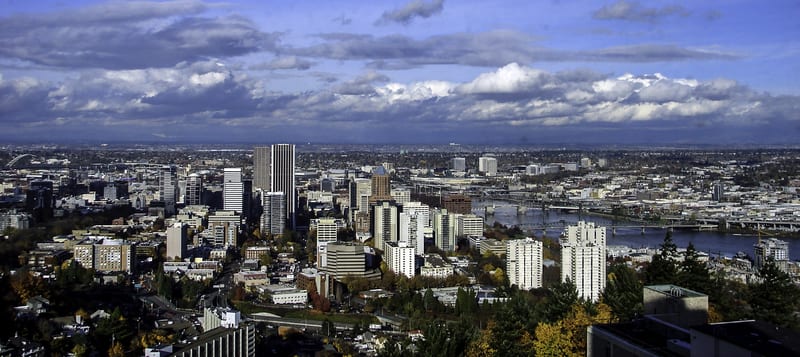Whenever the word “nuclear” is mentioned, some people seem to get nervous because of the negative connotation it has.
But maybe nuclear energy is the ideal component we need moving forward when it comes to concerns about the environment?
I really don’t know much of anything about this subject, so I’m gonna leave it to the folks on AskReddit to debate this one for me.
Let’s take a look at what they had to say about it.
1. Here’s a hot take.
“The amount of long term waste with solar and wind is undeniably higher than with nuclear energy. Nuclear power plants in America that are not on fault lines are safe and are designed to be impossible to melt down (really).
A decentralized power system will always be more expensive than a centralized one, and we have the ability to make our grid carbon neutral in a matter of years. What are the downsides?
Why are politicians ignoring this obvious option. I’m not even talking fusion, just fission.”
2. Fear mongering.
“Of course people don’t talk about it, they hear the word nuclear and they think of Hiroshima, Chernobyl, Nagasaki.
The idea of nuclear energy has been pushed to be something feared.”
3. Fired up.
“This gets me f*cking mad.
Chernobyl was an incredibly outdated reactor already at the time it exploded, there was a human and structural mistake and were talking about a time when you were allowed to smoke inside f*cking hospitals, let’s be honest it would never happen again.
And Fukushima just makes me laugh cause it was literally caused by a freaking tsunami.”
4. Perceived as dangerous.
“You can compare it with air traffic: Aeroplanes are statistically the safest method of traveling, but when something goes wrong there are hundreds of dead people, so we perceive it as dangerous, altough it is actually the safest way of travelling.
The same goes for nuclear energy: It is the safest and most efficient way to produce energy, even when you include (very rare) terrible cases such as Chernobyl and Fukushima.”
5. The best option.
“It’s all about energy capacity per acre of land. I heard a Ted Talk and the scientist was saying that to have the UK use only solar, it would require about 1/3 of the land to be covered in solar cells.
Plus, the solar system installed in the Mojave Desert which impact the Desert Tortoise habitat. Wind farms actually ensnare bats, birds, etc. Both however, only work on small portions of land (where the sun shines or the wind blows), but even these power sources are subject to mother nature.
Nuclear on the other hand is incredibly energy dense per acre. If we had invested in nuclear years ago, we would be on generation 250. Also, nuclear energy only produces steam. And finally, we have the land use available to store nuclear energy should we finally get a national plan on how to deal with it.
Again, it’s what options do you have today to solve climate change – warts and all?
Nuclear is the best.”
6. Fission and fusion.
“People are too afraid that a nuclear bomb will go off or something, which can’t possibly happen at a power plant.
Fission and fusion are the only renewables energy types we should even bother pursuing.”
7. Those politicians…
“The 1980s scared people away, once the majority of people who remember those times are dead, nuclear will be easier to push.
Nuclear being bad was the truth for them, people don’t like when you questions something they’ve fundamentally believed for decades, they will just push the discussion away.
Politicians ain’t discussing nuclear because they know this.”
8. Some good info.
“Nuclear plants in their traditional forms have numerous technical issues that can end up prematurely shuttering the plant. Graphic cracking for example.
There’s no denying that nuclear energy is great for base load generation normally provided by thermal fossil fuel generators but the cost of building nukes in their most updated and safe hi-tech forms is enormous compared to adding renewable capacity and using hydro storage or battery with renewables!
Obviously not every energy system is the same but in modern economies by the time FF thermal generation shifts off we could engineer completely renewable systems!”
9. Stigmatized.
“Chernobyl kinda put a stick in it. However it was because of faulty construction.
Nuclear energy provides constant, clean and efficient energy. If you want green energy, go Nuclear.
Today’s process is much safer with more knowledge and understanding in past mistakes. It is the best way to go forward. It’s because of either misinformation, fear and the general media/public view on it.”
10. We need new options.
“Yes nuclear has it’s benefits and fission is simple enough that I understood it when I was 10. And safety management is done very well, using the same principles as with aviation.
But the downsides to the rare but certain f*ck ups are so serious that they change nations and the planet. And we still don’t know the long term effects of all the strontium and other fall out chemicals we all carry around in us, along with every other mammal.
Are you are aware that our governments lied their rectums off about this, ruining lives and careers? And still are? That doesn’t necessarily negate the possibility but reasonable people hesitate in the face of interest-groups-fueled government f*ckery.
Your statement about centralized vs decentralized power systems is bold.
And the long term waste – what are you talking about? And the energy involved in the entirety of each cycle (and hence, the total cost) … are you are aware of how they compare?
Ultimately we need new and better nuclear power options in general and the ultimate aim is to get to a position of having endless energy available that is cheaper than water. Development depends on it. And the trick will be creating power cycles that remove the additional carbon and other compounds from the system over time.”
11. Not the way forward.
“The future of the energy industry is not nuclear.
I’ve spent my career so far building and running electricity companies, and there are a few simple facts that have become apparent:
In modern, deregulated electricity industries, off-grid low voltage generation (think household solar panels) is rapidly reaching cost/performance parity with on-grid power. Investment in storage-based supply in batteries (as opposed to peak generation such as fossil fuel) is f*cking massive – renewables and batteries are projected to take 80% of the $15.1 trillion forecast investment in new power generation.
We will reach a tipping point in about 2035 where transporting electricity (colossal steel pylons and cables across countries) is more expensive than generating it and storing it close to the consumer What this means: Tomorrow’s electricity grids are distributed, made of many small nodes of generation and consumption, and not made of giant power plants with long inefficient transmission lines.
Today’s solar and wind plants can be spun up to utility scale in under a year. A nuclear plant has historically taken over 8 years to build and cost massive up-front capital. Nuclear plants are also designed to have operating lifetimes of 60+ years. Investing in nuclear is not only making a bet that nuclear will stay at the top of the price/kWh curve, but also that it will be there in a decade’s time and then stay there for half a century.
What this means: Nuclear is not only a losing bet based on current economic forecasts, but it’s an absolutely colossal bet that ties you down for 70 years whether you win or lose.
Pro-nuclear research is tainted by pro-nuclear lobbies and governments. Schrader-Frechette found that the majority of research that has pro-nuclear conclusions is funded by parties with conflicts of interest.
Fossil fuels are dying anyway (never fast enough, sadly), so the true question is not if we go renewable but which renewable to take, and it seems we can’t take for granted that pro-nuclear attitudes are based in unbiased critical thought. What this means: It may not even be true that nuclear energy is a good option – nevermind the best option – if we cannot trust the research.
Now, this sucks for me. I’m a huge physics fanboy, and thorium reactors and fission are absolutely my favourite ideas for future energy production. I’m attracted to space-age nuclear ideals at a very emotional level – I know how it feels – but the facts just aren’t panning out that way.
In the end, it’s not true that politicians are ignoring the “obvious” nuclear option. This is a very serious issue that very, very many of the worlds smartest are working on, and the sensible option is already the one we’re taking.
Turns out scientists are largely pretty good at what they do. Who’d have thought?”
12. Fearful of nuclear.
“The fossil feul industry obviously has a vested interest to keep people fearful of nuclear. They’ll spend lots of money on add campaigns covered with nuclear bomb explosions and zero facts.
I read recently that nuclear deaths per year is even less than some other green energies, wind iirc and that has to be a wake up call for those that are fearful. As for fossil fuel, its a no contest in comparison.
Fossil fuel has powerful lobbies, powerful corps and the republican party receives about 90% of their donations or something.”
What do you think about this?
Is nuclear energy the way to go for the good of our environment?
Talk to us in the comments and share your thoughts. Thanks!
The post People Debate if Nuclear Energy Is the Best Option for the Good of the Environment appeared first on UberFacts.




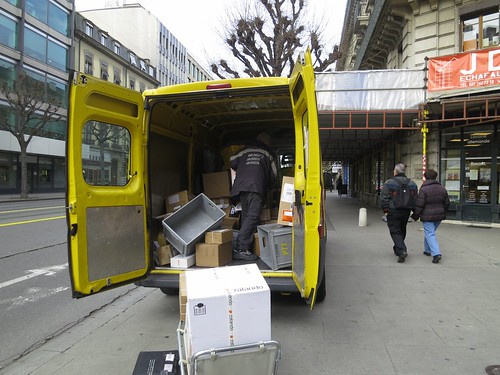

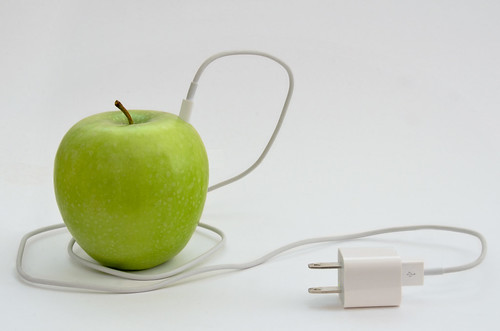
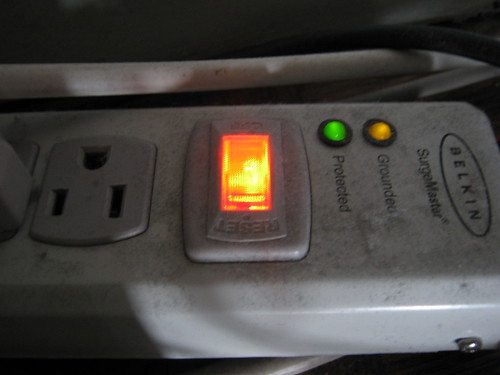


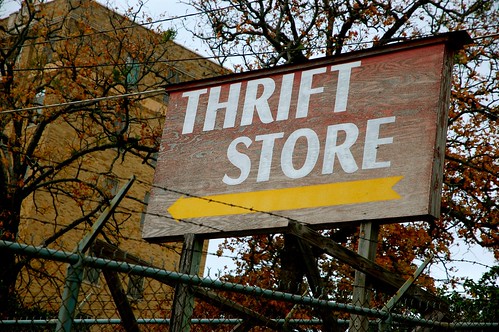
 #sunset #stormysky #stormyskies #irishsea #england #northwestcoast #windenergy #megawatts #engineering #power #electricity #generating #offshore
#sunset #stormysky #stormyskies #irishsea #england #northwestcoast #windenergy #megawatts #engineering #power #electricity #generating #offshore Please follow for more
Please follow for more

